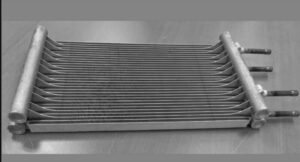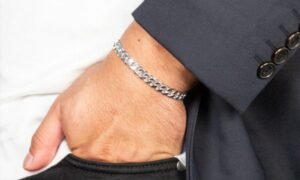Sutures are surgical threads to repair cuts or close incisions from surgery. They are used to hold skin, internal organs and tissues of the body together (human body) in cases where they are severed either by injury, surgery or incision. They are among the most commonly used medical tools and their utility in wound closure is widespread. Doctors use surgical sutures to hold together tissues to support in healing by withstanding stress.
Furthermore, sutures are of various types. Doctors use them based on the kind of tissue to be repaired and the time required for healing of wounds or cuts. They are also selected on the basis of ease of use they provide to both, clinicians and patients. Similarly, they are of dissolvable and non-dissolvable varieties and the materials used in them vary a great deal. Plus, they can be monofilament or multifilament as well.
More importantly, sutures come with different properties to suit various usages in would closure. Those of absorbable nature will break down in tissue after a specific period while a surgeon is needed to remove the non-absorbable ones from the body. The one type degrades as the wound heals while the other has to be taken out after the incision is healed.
What to consider while selecting sutures
Sutures play an important role in would closure thus their selection is critical. You must analyze the properties and materials and other features to know if the product is the right choice. Only then should you go ahead and buy them for best results with healing and wound closure.
Here are some points to consider while selecting sutures –
- Sutures must be strong so that they don’t break when used for healing or wound closure purposes
- They should be non-toxic and hypoallergenic in nature to keep away any risks of adverse reactions in the body
- If they are not flexible enough, doctors will find it hard to tie and knot them easily
- They should be away from the ‘wick effect’ and must not allow any type of fluids from the outside to enter the body
- The smallest possible sutures are considered the ideal one for delivering high uniform tensile strength
- They should be able to hold the wound securely in place when the healing takes place
- Sutures have to deliver sterility, pliability and enable zero to minimum amount of tissue reactivity
- They have to reduce tissue drag and enable movement during the removal phase
- Absorbable surgical sutures come in different gauges and should be selected based on the level of tension they provide to close the cuts
- The materials used and the number of strands will decide the kind of absorbability a suture has
- Monofilament sutures tend to crush and crimp easily thereby creating weak spots which ultimately lessens the tensile strength
- Multi-filamentous suture may make knots easier but they also lead to poor knot security
- Non-dissolvable sutures can remain unbreakable for as long as 60 days and then the doctor can take them out of the tissue










